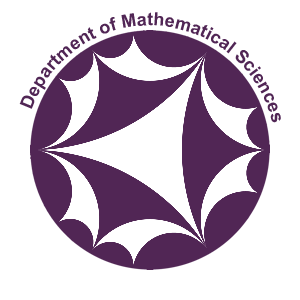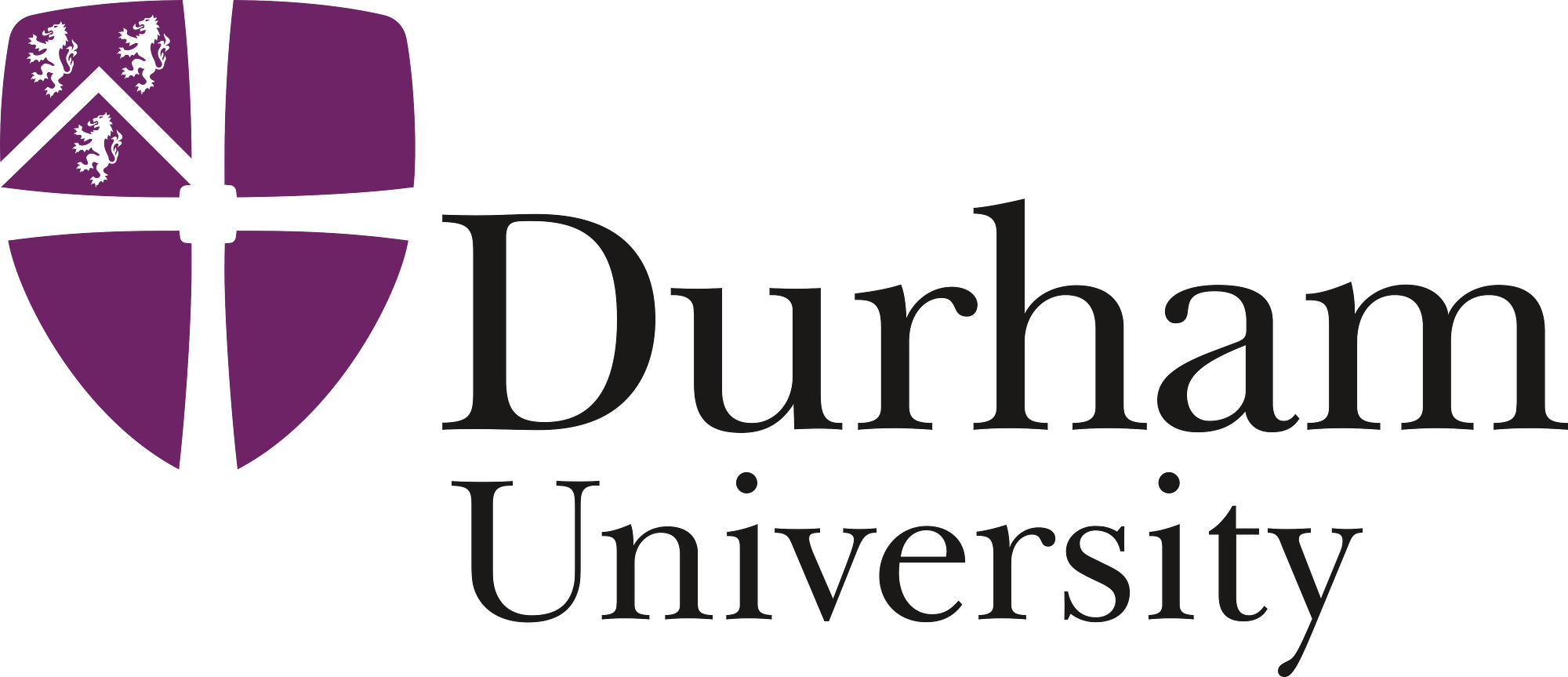

|
LMS Northern Regional Meeting and WorkshopContinued Fractions and SL2-tilingsDurham, 25 - 28 March 2024 |

|
Confirmed speakers:
| Esther Banaian (Aarhus) Karin Baur (Leeds) John Blackman (Liverpool) Ilke Canakci (VU Amsterdam) Antoine de Saint Germain (The University of Hong Kong) Sam Evans (Loughborough) Oleg Karpenkov (Liverpool) Sophie Morier-Genoud (Reims) John Parker (Durham) Emmanuel Pedon (Reims) Pierre-Guy Plamondon (Versailles) Matthew Pressland (Glasgow) Konstanze Rietsch (King's College London) Ian Short (Open University) Matty Van-Son (Open University) Alexander Veselov (Loughborough) Emine Yildirim (Leeds) Andrei Zabolotskii (Open University) |
Schedule:
titles and abstracts can be found here.Monday, 25.03 (LMS Northern Regional Meeting)
13:15 Registration
13:45-14:00 LMS Opening
14:00-14:50 Sophie Morier-Genoud (Reims), "Combinatorial aspects of continued fractions, SL(2,Z)-tilings, and their q-analogs"
The talk will start from the elementary fact that positive rational numbers can be expanded as finite continued fractions with positive integer coefficients. I will present combinatorial models where the positive integer coefficients can be interpreted, meaning that "they count something". Introducing a formal parameter q, I will then make a deformations of the objects and refine the countings. This will bring notions of q-rationals, q-continued fractions, q-SL(2,Z), and even more. I will present some properties of these q-analogs. The results are parts of collaborations with Valentin Ovsienko and with Ludivine Leclere.
Break
15:30-16:20 Ian Short (Open University), "Continued fractions, SL2-tilings, and the Farey complex"
This talk explores interactions between continued fractions, frieze patterns, and SL2 -tilings using geometric and numerical properties of the Farey complex embedded in the upper half-plane. This perspective was championed by Morier-Genoud, Ovsienko, and Tabachnikov who, in 2015, used the geometry of the Farey complex to interpret Conway and Coxeter’s classification of frieze patterns by triangulated polygons. Since then this approach has been adopted by many others. Here we will explain how integer continued fractions and tame integer SL2 -tilings can be represented by paths in the Farey complex, illuminating old results and inspiring new results. We also review the same story for real continued fractions and SL2 -tilings. To finish, we will attempt to tame wild tilings.
16:30-17:20 Matthew Pressland (Glasgow), "The geometry and representation theory of frieze patterns"
Frieze patterns were introduced and developed by Coxeter and Conway in the 80s, who presented them as a kind of combinatorial game, whereby the player attempts to fill a grid with positive integers obeying certain rules. It turns out, however, that frieze patterns appear naturally in a range of mathematical problems from a number of different areas. For example, in geometry, a frieze pattern represents a positive integer valued point in a decorated Teichmüller space, or in the totally positive Grassmannian. In representation theory, the entries in a frieze pattern count submodules of quiver representations. In this talk, I will survey some of these different interpretations of frieze patterns, and the connections between them.
17:30 Reception
| Tuesday, 26.03 | |
| 9:30-10:20 | Rietsch |
| Break | |
| 11:00-11:50 | Plamondon |
| 12:00-12:40 | Van-Son |
| 14:30-15:20 | Banaian |
| Break | |
| 16:00-16:50 | Baur |
| 17:00-17:40 | Zabolotskii |
| 18:45 Dinner |
| Wednesday, 27.03 | |
| 9:30-10:20 | Yildirim |
| Break | |
| 11:00-11:50 | Pedon |
| 12:00-12:40 | Evans |
| 14:30-15:20 | Veselov |
| Break | |
| 16:00-16:50 | Canakci |
| 17:00-17:40 | de Saint Germain |
| Thursday, 28.03 | |
| 9:30-10:20 | Blackman |
| Break | |
| 11:00-11:50 | Parker |
| 12:00-12:50 | Karpenkov |